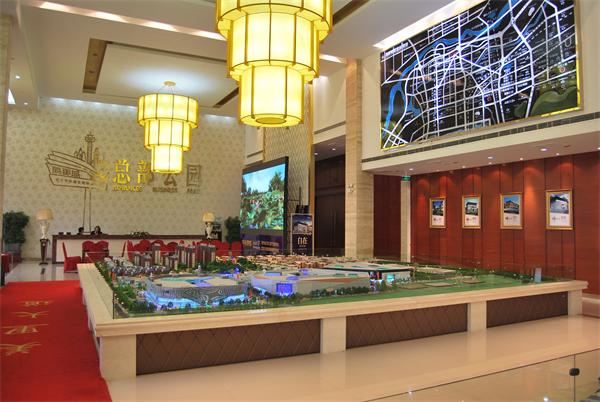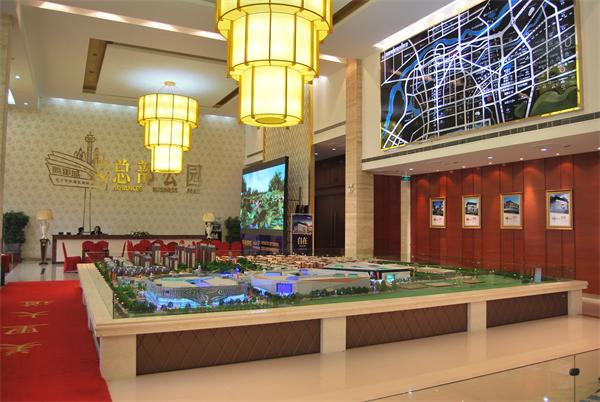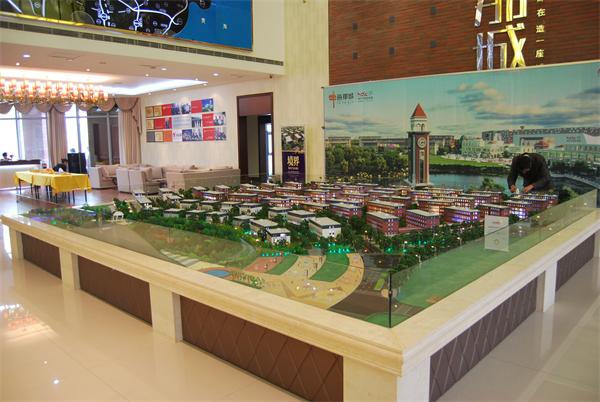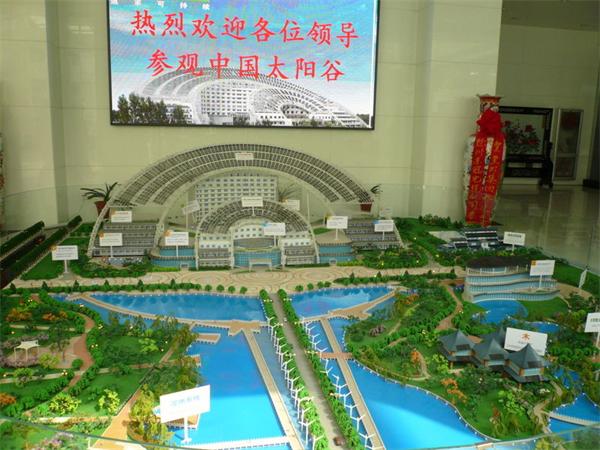Sand table trap 1: lower the building height and adjust the building distance
沙盘上的设计往往比实践社区规划稀疏许多,一同也会给人高美化率的感觉。“调低楼高、调大楼距离,已经是不成文的基本规矩了。“还有小区道路,也比实践图纸放宽2厘米,由于我们一般人观看模型是俯瞰的视点,而观看现场是平视或俯视视点。
The design on the sand table is often much less than that of the practical community planning, which will also give people a sense of high beautification rate. "It's an unwritten basic rule to adjust the height and distance of the building. "There are also community roads, which are also 2 cm wider than the practice drawings. Because most of us watch the model from the perspective of overlooking, while watching the scene from the perspective of heads up or overlooking.
沙盘圈套二:晦气日子设备被“隐身”
Sandbox trap 2: the device is "invisible" in bad days
有开发商为了让沙盘看上去整体更完美,垃圾站、变电站、高压电线、地下车库出入口、水泵室等,这些关于业主日子不睬的要素,肯定不能出现在沙盘上,这些客观存在的设备,却会直接影响业主的日子质量,可是由于在沙盘上被隐藏,导致有的购房者在不知情下住进了垃圾站旁的房子,想想自个家周围便是一个臭气熏天的垃圾站,心真的好累...
Some developers in order to make the sand table look more perfect as a whole, garbage stations, substations, high-voltage power lines, underground garage entrances and exits, water pump rooms, and other elements that the owners do not pay attention to on the day, must not appear on the sand table, these objectively existing equipment will directly affect the quality of the owners' day, but because they are hidden on the sand table, some buyers do not know Next, I lived in the house beside the garbage station. I think that there is a stinking garbage station around my home. I'm really tired
沙盘圈套三:周边配套
Sand table trap III: peripheral supporting
许多楼盘都会宣传有配套幼儿园、校园、医院等设备,可是这些配套谁来负责管理你清楚吗?这些外部要素都可能会被置业顾问隐秘。
Many properties will publicize supporting kindergarten, campus, hospital and other equipment, but who is responsible for the management of these supporting facilities? These external factors may be hidden by real estate consultants.
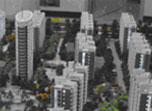

沙盘圈套四:有的规划不确认
Sand table trap 4: some plans are not confirmed
沙盘模型往往做得很漂亮,美化多、楼距离大、景观美,虽然是按照必定份额做的,可是不免夸大。有些设备可能根本就不存在。因而,沙盘只能够作为大约方位的参阅,不能完全信赖,要看就看设计规划蓝图,那是经过存案后定稿的,开发商能修正的空间很小。如果看不懂设计规划蓝图,要找个懂图纸的朋友讲解。
The sand table model is often made very beautiful, with many beautification, large building distance and beautiful landscape. Although it is made according to a certain share, it can't help exaggerating. Some devices may not exist at all. Therefore, the sand table can only be used as a reference of the approximate orientation, and can not be fully trusted. It depends on the blueprint of the design plan, which is finalized after filing, and the space that developers can modify is very small. If you can't understand the blueprint, you need to find a friend who can understand the blueprint.
沙盘圈套五:都是“好”户型
Sand table trap five: all "good" house types
买房子户型好不好很要害。但有时分你会发现,分明户型模型上每个房子都有窗户,收楼后却发现一切窗户都开在狭小的方位,采光并不好。
It's very important to buy a house. But sometimes you will find that every house in the house model has windows, but after the building is closed, you will find that all the windows are open in a narrow direction, and the lighting is not good.
沙盘里边这么多圈套,你看懂了吗,怎样避开这些圈套呢,一同来看看吧。
There are so many traps in the sand table. Do you understand? How to avoid them? Let's have a look together.
1、看是否注明“模型”字样及份额
1. See if the words "model" and share are indicated
按工商行政管理机关的要求,开发商使用模型时,有必要注明“模型”字样,由于沙盘模型仅供参阅。而沙盘的份额尺度,除了确认沙盘是否根据实践规划份额制作,还能够按份额尺度能够算出实践尺度,例如楼距离、开盘区域及楼栋朝向。
According to the requirements of the Administration for Industry and commerce, it is necessary for developers to indicate "model" when using the model, because the sand table model is only for reference. The share scale of sand table can not only confirm whether the sand table is made according to the practice planning share, but also calculate the practice scale according to the share scale, such as building distance, opening area and building orientation.
2、看小区整体规划
2. Look at the overall planning of the community
沙盘是小区的缩影,在沙盘上,小区密度是否过大、建筑与景观的搭配是否和谐等,这些对以后的居住质量影响都很大。
Sand table is the epitome of the community. On the sand table, whether the density of the community is too large, whether the building and landscape match harmoniously, etc., all of these have a great impact on the quality of living in the future.
3、美化、内交通是否事实
3. Whether beautification and internal traffic are facts
为了吸引眼球,开发商会在沙盘上做出美化率很高的假象。购房者必定要问清楚沙盘上的美化建设与实践是否一致。而小区内的交通分为人车分流和人车混行两类,购房者要询问一下小区在内交通上有什么办法,怎么规划小区内的车行、人流等。
In order to attract people's attention, developers will make the illusion of high beautification rate on the sand table. The buyer must ask whether the beautification construction on the sand table is consistent with the practice. And the traffic in the community is divided into two categories: people and vehicles shunting and people and vehicles mixing. The buyer should ask what methods are available in the traffic in the community and how to plan the traffic and people flow in the community.
4、留意公共设备和不明建筑物
4. Pay attention to public facilities and unidentified buildings
看沙盘时,必定要问清楚变电站、垃圾箱、化粪池、水泵房、燃气房、地下车库出入口等公共设备的具体方位。沙盘中常会看到一些用有机玻璃做成的通明小方块,它们可能是小区内的公共设备,也可能是待规划中的建筑物,这些也要要打破砂锅问到底。
When looking at the sand table, we must ask the specific location of public equipment such as substation, garbage bin, septic tank, water pump room, gas room, underground garage entrance and exit. In the sand table, we often see some transparent squares made of plexiglass. They may be public facilities in the community or buildings to be planned. We need to break the sand pot to the end.
5、看周边的配套
5. Look at the surrounding facilities
沙盘往往会将小区周边的公共用地、其他楼盘等归为己有,一般来说,稍大的社区周边应设有校园、超市、菜市场等配套,这些都要实地考察。关于沙盘周边的空位,要问清楚未来的规划,看是否会对住宅产生晦气影响。
Sand table often takes the public land and other buildings around the community as its own. Generally speaking, there should be campus, supermarket, vegetable market and other supporting facilities around the larger community, all of which should be inspected on the spot. As for the vacancy around the sand table, it is necessary to ask about the future planning to see if it will have an adverse impact on the housing.



